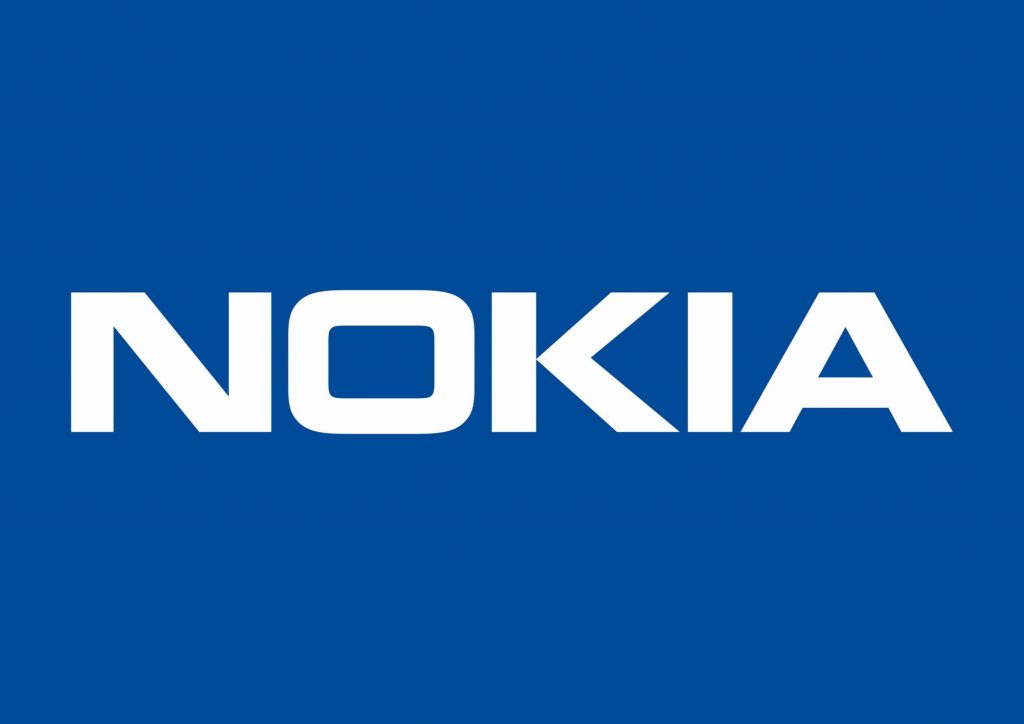Openness has been a key buzzword in telecoms since last summer’s announcement that Huawei will be removed from a significant portion of the world’s mobile network infrastructure. Countries including Australia, France, India, Sweden, UK and US have all banned Huawei equipment from their 5G trials and network installations on the grounds of national security.
However, the ban has since prompted concerns about a Nordic duopoly, says Angus Ward, CEO of Beyond by BearingPoint, ultimately limiting competition in a strategically important market. With this in mind, governments and operators have been keen to explore opportunities for more vendor diversity, the UK Government formed a Telecoms Diversification Taskforce, to prevent narrowing of competition within network equipment supply.
OpenRAN is a key part of this vendor diversity debate. It offers operators more choice and greater flexibility whilst promising to drive greater innovation by opening up to a diverse ecosystem of partners large and small. It supports the vision of virtualised networks becoming highly programmable, automated and self-healing, allowing capacity to be added on demand, outages to be resolved instantly and new features rolled out rapidly.
At the same time, it’s worth remembering that OpenRAN is a late arrival to the 5G party and the verdict is certainly still out on both the technology and ultimately whether it will save money and foster innovation or whether it is simply a tool to break vendor lock-in.
Openness and interoperability – a key growth opportunity

The latest report from the Telecoms Diversification Taskforce has undoubtedly added to this debate with its recommendation that 25% of the kit used in the UK’s 5G networks should be provided by smaller equipment manufacturers by the ‘mid-2020s’. In telecoms, and in fact across all industries, openness and interoperability are in vogue.
Communication service providers (CSPs) are eager to assure payback on their US$1 trillion (€0.84 trillion) investments in 5G networks. They fear vendor lock-in and with the removal of Huawei it could lead to higher costs, less innovation and slower roll out of 5G.

With a much more diverse range of ecosystem partners contributing their technologies, OpenRAN will certainly add complexity and it will be interesting to see whether its aims can really be achieved within the timeframes envisaged. It may prove to be a technology that needs more time to mature and is better suited to 6G when it arrives at the end of the coming decade.

Already, the Nordic duopoly of Nokia and Ericsson are taking stronger positions, and nothing quite says openness like a quota for a specific amount of small vendor contributions. The focus for CSPs should now be on how they can harness openness as a business model to drive growth, in a similar vein to what greenfield CSPs like Rakuten are attempting.
CSPs should focus further on openness than the promise of OpenRAN, aiming for a wider collaboration model to achieve growth over just exploring cost savings and efficiencies, particularly in the execution of their 5G strategies across verticals.
An open ecosystem approach
Ultimately, OpenRAN may solve many challenges for operators with their 5G network build out, but it can’t solve how to make money from 5G. In this regard, operators are slow to evolve their business and organisation models to capture a greater share of the revenues beyond connectivity. The current debate on OpenRAN is well within most operators’ comfort zone whereas customer-driven innovation of 5G solutions, expansion into data services and technology communications may be less so.
For example, research revealed that just 21% of 5G projects are led by CSPs. For the remaining 79% their enterprise customers are turning to other providers. OpenRAN may solve vendor lock-in and reduce network build-out costs but it will not solve the economics of 5G; winning and retaining customers who want to buy out of the box solutions rather than buy each element (such as connectivity) separately and weave them into a solution. For the most part, operators are still missing this bigger picture and failing to acknowledge the need to be recognised for more than just connectivity.
With 5G, the game changes. It’s an enablement technology that can be deeply transformational and will promote diverse smart solutions that package devices, new technologies, software and AI to transform corporate operating models and enable new products and experiences for customers’ end customers (B2B2C).
It’s a significant opportunity for operators to grow revenues outside of traditional streams, enter new verticals, and provide tailored, dynamic 5G solutions and services that meet a variety of unique business needs. These revenues can only be captured if operators extend the idea of openness from OpenRAN into co-creation of full connected solutions with partners bringing complimentary capabilities to solve customer needs.
Adopting the principle of openness and adapting it into a business model will help operators seize this opportunity. What’s critical is that operators pursue openness through the co-creation of attractive, pre-integrated joint solutions through the combination of technologies and applications with connectivity.
This means working together with a variety of technology vendors and partners, within an open ecosystem, drawing on a variety of specialisms to develop multi-partner solutions, while also simplifying complexity for the end user. Operators must realise the benefits of open, broad collaboration and diversity in partners and suppliers. Growth in customer revenues should be the central focus for these initiatives and applying the principles of openness beyond just the network and OpenRAN.
In the coming months, OpenRAN will continue to dominate the conversation. But operators must be cautious of overcommitting to the technology when potential to grow through a business model of openness and ecosystem collaboration could hold the key to unlocking revenues and cementing their position in the 5G value proposition.
The author is Angus Ward, CEO, Beyond by BearingPoint.
Comment on this article below or via Twitter: @VanillaPlus OR @jcvplus






